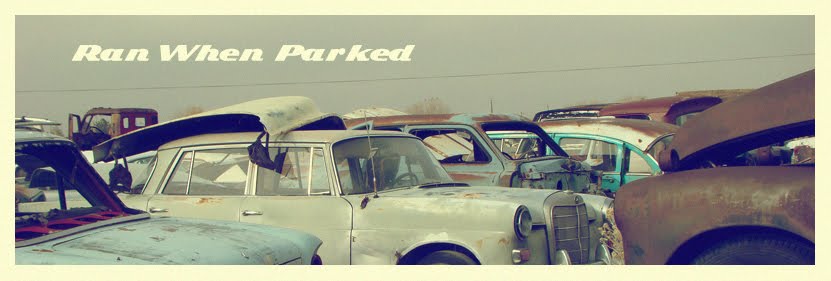
I can say from experience that Fiat’s Uno is one of the most reliable car to ever come out of Torino. Yes, I just used "Fiat" and "reliable" in the same sentence. The Uno is amazingly basic in conception, economical to run and the availability of the FIRE engine make it a great used car, moreso than later Fiats. But, alas, nothing is perfect. This 1992 Uno (roughly 168,000 kilometers) has been in the family since new. It’s currently under my aunt’s ownership and has had a leaky radiator since January. She drove it as is, filling it up when she felt it needed it (i.e. never enough) until recently when the leak got worse and the car became undriveable. Only then did she finally decide to replace the radiator. I got a used radiator from a junkyard for 30E. It’s from an older Uno so it’s a bit smaller than the original one but it’ll do the job and it fits into the engine bay without modifications.
The whole process took about 25 minutes, it’s very straightforward on a car like this.
1) Remove the two clips at the top, undo the two coolant hoses, unplug the fan connection and pull out the old radiator.
2) With the radiator out, remove the three screws that hold the fan and its assembly.
3) Bolt the fan and its assembly to the new radiator.
4) Put the radiator back in its place, tighten the hoses and secure the clips, plug the fan connection back in.
5) Fill it with water and barring any issues with a used radiator, it’s good to go.



































